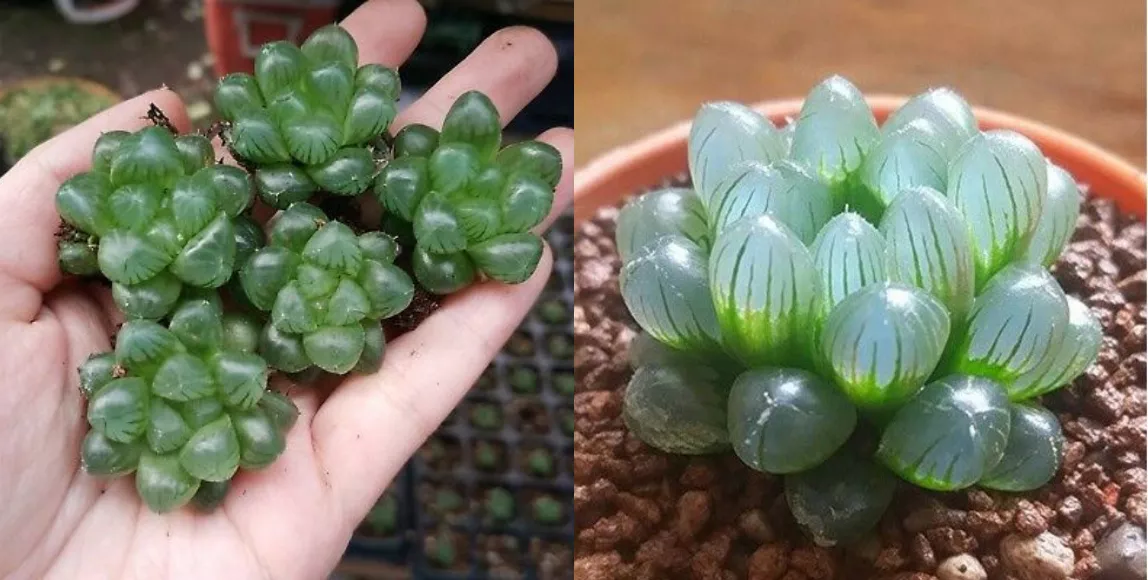Echeveria succulents are beloved for their stunning rosette shapes, vibrant colors, and low-maintenance nature. These hardy plants are native to arid regions and have adapted to survive with minimal water. However, one of the most common mistakes in succulent care is overwatering. To maintain the health and beauty of your Echeveria succulents, it’s crucial to understand their water requirements and the related aspects of succulent care.
Understanding Echeveria Succulents: An Overview
Before delving into watering schedules, let’s take a closer look at Echeveria succulents and their unique characteristics.
1. Echeveria Species Diversity
Echeveria is a diverse genus comprising over 150 species and numerous hybrids. Each species may have slightly different care requirements, so it’s essential to identify the specific type of Echeveria you have.
2. Succulent Adaptations
Echeveria succulents are adapted to store water in their thick, fleshy leaves and stems. These adaptations allow them to thrive in arid conditions with infrequent rainfall.
3. Indoor and Outdoor Growth
Echeveria succulents can be grown both indoors and outdoors, making them versatile choices for various environments.
Factors Affecting Watering Frequency
Several factors influence how often you should water your Echeveria succulents. Understanding these variables is crucial for successful succulent care.
1. Environmental Conditions
Climate: The climate in your region plays a significant role. Echeveria succulents need less water in hot, dry climates compared to humid environments.
Season: Adjust your watering frequency seasonally. Echeverias typically require more water during the active growing season (spring and summer) and less during their dormant phase (fall and winter).
Light Exposure: Succulents in brighter light conditions may need more frequent watering, as they can dry out faster. Conversely, those in low-light settings require less water.
2. Potting Mix
The type of potting mix you use can affect water retention. A well-draining mix, specifically formulated for succulents and cacti, is ideal. It allows excess water to escape, preventing root rot.
3. Container Type
The material and size of your pot can influence moisture levels. Terracotta pots, for example, are porous and allow for better airflow, which can help prevent overwatering.
4. Plant Size and Age
Young Echeveria plants may need more frequent watering as they establish their root systems. Mature plants are generally more drought-tolerant.
Determining the Right Watering Frequency
Now that you understand the factors affecting watering frequency let’s explore how to determine the right schedule for your Echeveria succulents.
1. The Soak and Dry Method
The “soak and dry” method is a widely recommended approach for watering Echeveria succulents. Here’s how it works:
Water your succulents thoroughly until water runs out of the drainage holes. Ensure that the entire root ball is evenly moistened.
Allow the soil to dry out completely before watering again. Stick your finger into the soil; if it feels dry several inches deep, it’s time to water.
The frequency of watering will vary based on environmental conditions and potting mix, but it typically ranges from every 2-4 weeks during the active growing season.
2. Observing Plant Behavior
Pay close attention to your Echeveria succulents. They will often give you visual cues when they need water:
Wrinkled or shriveled leaves indicate thirst. When you see this, it’s time to water.
Healthy, plump leaves suggest your succulent is adequately hydrated.
Be cautious not to mistake overwatering for underwatering. Overwatered Echeveria may develop mushy, translucent leaves or signs of root rot.
3. Using a Moisture Meter
A moisture meter is a useful tool for precise watering. Insert it into the soil to gauge moisture levels at various depths. Water when the meter indicates dryness in the root zone.
Additional Tips for Echeveria Succulent Care
In addition to proper watering, here are some essential tips for maintaining healthy Echeveria succulents:
1. Provide Adequate Light
Echeverias thrive in bright, indirect sunlight. Place them near a south- or west-facing window if grown indoors. Outdoors, choose a location with partial to full sun, depending on your climate.
2. Temperature Considerations
Echeverias prefer temperatures between 60°F and 80°F (15°C to 27°C). Protect them from extreme cold, as frost can damage or kill these succulents.
3. Fertilize Sparingly
Limit fertilization to the active growing season (spring and summer) and use a diluted, balanced, liquid succulent fertilizer. Over-fertilization can harm your plants.
4. Repot as Needed
Echeveria succulents may outgrow their containers. Repot them when you notice overcrowding or when the soil becomes depleted of nutrients.
Conclusion
Echeveria succulents are prized for their beauty and resilience, but proper care is essential to ensure their longevity and vitality. Understanding their unique water requirements and the various factors influencing watering frequency is crucial for successful cultivation. Remember to adjust your watering schedule based on environmental conditions, potting mix, and plant behavior. By following these guidelines and providing optimal growing conditions, you can enjoy the lush beauty of Echeveria succulents in your home or garden for years to come.


